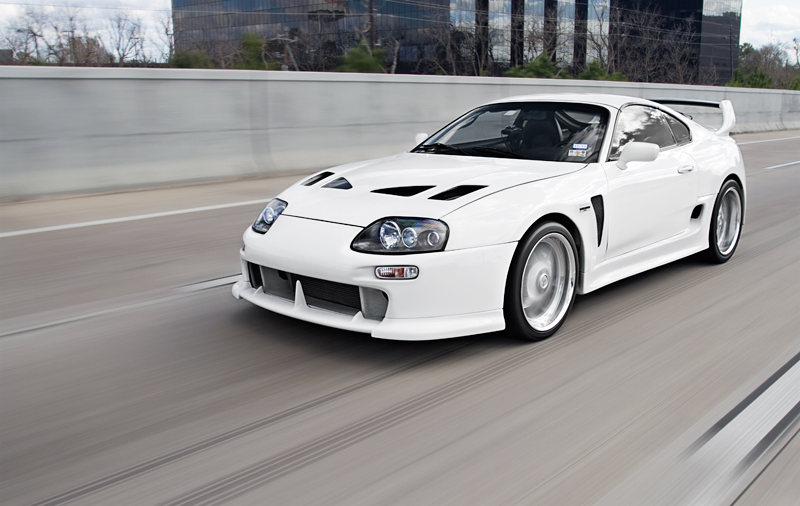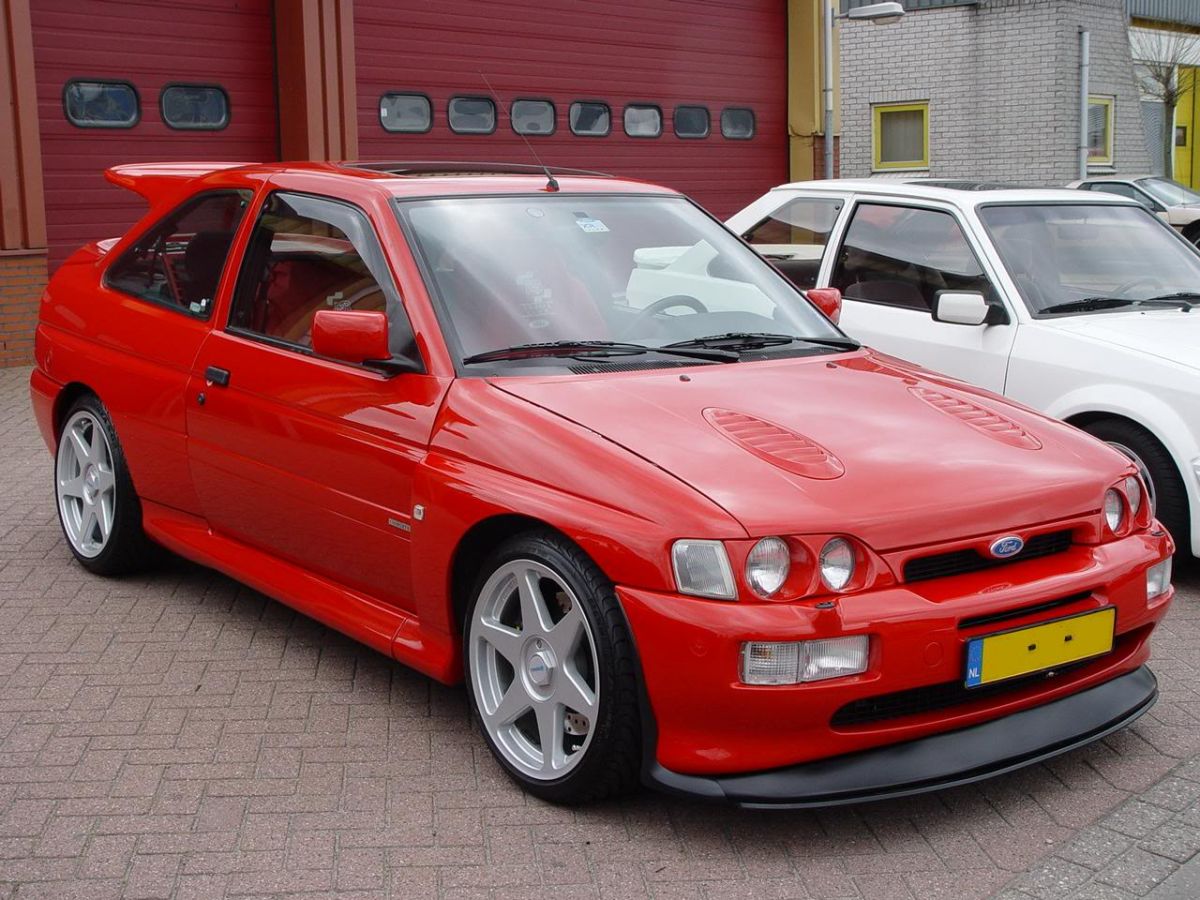Car modification.
It’s not a new thing. Although it had a boom in the 90s and early 00s, with 2001’s ‘The Fast and The Furious’ in particular responsible for a number of garish, neon-lit and bodykitted abominations, car enthusiasts have been tinkering with their vehicles as far back as the 50s and 60s. A new set of chrome spoked rims here; a carb tune there; some go-faster stripes here; an ECU remap there.
As with any large group of hobbyists/enthusiasts, car fans worldwide are a hugely diverse bunch united by the belief that a car is not JUST for getting from A to B, but an object from which great personal enjoyment can be had. Despite the many sub cultures and splinter groups throughout this fanbase – the Supercar owners, the boy racers, the Classic car fans, the JDM fanboys, the Dub crowd, the rallying/racing devotees, the technical engineering brains, and countless more – there has always been a vein of owners running throughout those groups who aren’t afraid to take a spanner to their vehicles and tweak things.
Whilst many believe that cars manufacturers spend millions on R&D for a reason and the end result should be left as is, there are just as many who believe that the end result less than it could be; a compromise, designed to satisfy as many consumers as possible, whilst simultaneously complying with multiple regulations, restrictions and other legal requirements. It’s their belief that improvements can be made; whether they be aesthetic, to aid performance and handling, or simply to customise the vehicle more to their personal liking.
The global tuning and modifying industry is a huge one; in 2012, it was estimated that car owners worldwide spent $90 billion modifying their vehicles, and the market has been consistently growing year on year. This expenditure comes despite many countries enforcing strict rules on what you can do to your vehicle, with some more stringent than others. As an example, in South Korea the government’s permission is required for all but the most minor modifications, with a $3000 fine and even imprisonment touted as punishment should you flout the rules. In France, engine modifications are frowned upon but they’re much more relaxed about aesthetic add-ons like bodykits. In the UK, we can modify both engine and bodywork to pretty much any degree so long as the car remains road-worthy, subject to passing it’s yearly MOT test (for cars of a certain age) and/or an engineer’s report.
Modern Classics – those still attainable, affordable (in some cases!) and driveable performance icons from the 80s onwards which are championed by many on this website – have often been the focus of the modifying world, arriving as they were in an age when the aftermarket industry was booming. Some cars lent themselves to this predilection more than others – such as the Nissan GTR range, where it’s become increasingly difficult to find one that hasn’t been altered from standard. Others have remained stubbornly OEM for the most part, for a variety of reasons – rarity, availability of aftermarket parts, engine restrictions, resale value, and more. Take the V10 E60 M5 as an example; it’s comparatively rare to find a modified one for sale.
As time marches on, the resale market for modern classics has surged skyward and seems to show no signs of slowing down. We could write a full book just debating the values of some of these cars now; Honda NSXs going for over £100k, original Escort Cosworths making £40k upwards, AE86 Corollas which were £6k in the 90s now being sold for £20k – and countless more. As always, the most sought after and valuable of these are original and unmodified – or ‘unmolested’ – examples, in the same spec as they came from the factory.
With original examples commanding such a premium and the number of such examples only ever decreasing, how does this affect your views on modifying them? Should the likes of an E30 M3 Evo 2 be considered sacred and kept in the state that BMW first released it in, or is it as ripe for improvement as any other car? What about a Porsche 993 Turbo – these cars are worth over £200k now in original and immaculate condition, but it’s relatively simple to enhance the driving experience even more by upgrading the suspension and adding some breathing modifications to the engine. Does that upset the purity of such a valuable modern classic?
I’ve often sat on the fence myself when it comes to issues like this. I’ve had no qualms in the past about modifying a BMW M3, Mitsubishi Evo or the like, but there seems to be a direct correlation between the value & rarity of a car and the incessant urge to tinker with it – as in, the harder it would be to replace, the more I notice that subconscious voice whispering “Don’t touch it”.
Yet I’m also resolutely of the belief that cars are not ornaments, and shouldn’t be parked in heated garages 24/7 without turning a wheel. I’m not opposed to the idea of one as an investment, but not at the expense of being scared to put an extra mile on the clock or a stonechip on the front bumper. They’re there to be driven, to be used, and to be enjoyed. And if that enjoyment includes modifying ……………………… then why not?
I’d be interested in hearing other opinions on it. Is it sacrilege to modify one of these icons, or should owners be free to do what they like without being chastised by puritans of the brand?







